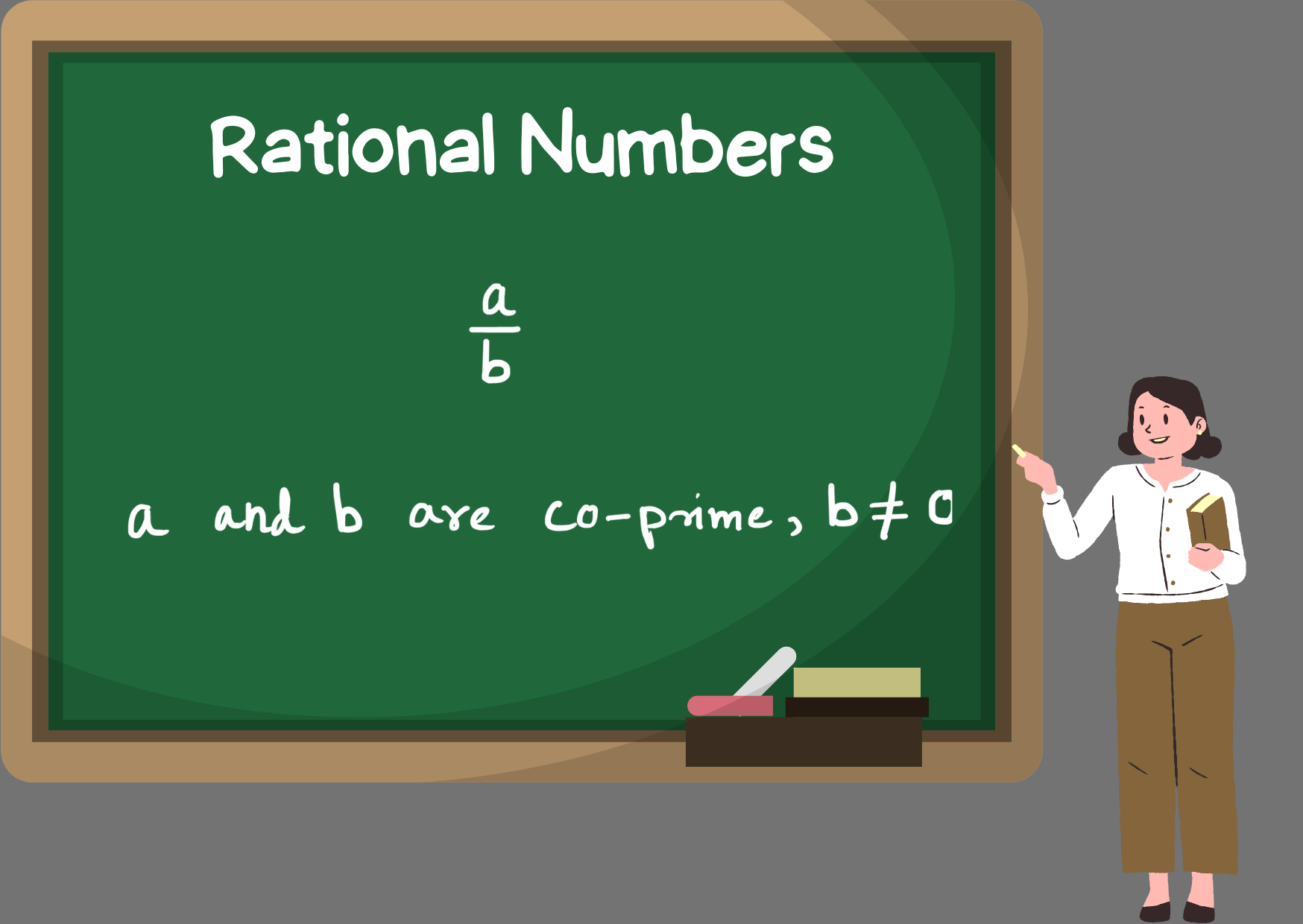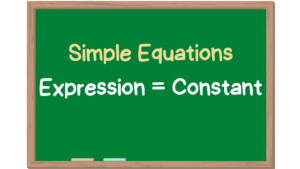Introduction
There are numerous quantities and measures that cannot be stated just in terms of integers. Rational numbers were crucial in expressing how such quantities were measured. These quantities included time, money, length, and weight. Some of the quantities for which the rational numbers are most frequently employed include those ones. Rational numbers are also required in trigonometry in addition to counting and measuring. The trigonometric ratios are expressed as rational numbers. Calculations based on the Pythagorean Theorem employ a specific kind of rational integer.
Rational Number

The rational number can be described as the ratios expressed in numbers. The term “rational” contains the word “ratio” as well. Therefore, any ratio is represented by rational numbers. These ratios may be lower than one to one or higher than one. Let’s comprehend how rational numbers should be explained. Rational numbers are defined as any number which can be expressed in the form of ![]() where a and b are coprime integers and b ≠ 0. The denominator is not equal to zero and both the numerator “a” and denominator “b” have integer values. The outcome of the division method used to simplify the rational number is in decimal form. The decimal representation of a rational number can either be non-terminating repeating decimals or terminating decimals.
where a and b are coprime integers and b ≠ 0. The denominator is not equal to zero and both the numerator “a” and denominator “b” have integer values. The outcome of the division method used to simplify the rational number is in decimal form. The decimal representation of a rational number can either be non-terminating repeating decimals or terminating decimals.
How to find Rational Numbers
Verify that each given number meets the following requirements.
- The amount must be expressed as a fraction with a denominator greater than or equal to 0.
- To get the decimals, the fraction can be further decomposed.
- Positive, negative, and 0 are all included in the set of rational numbers, which is represented as a fraction. Because they may be written as a fraction, each whole number and integer is a rational number.
Types of Rational Numbers
Positive Rational Numbers
The positive rational numbers are signified as the rational numbers having positive numerators and denominators. The rational numbers ![]() and are positive rational numbers.
and are positive rational numbers.
Negative Rational Numbers
The negative rational numbers are signified as the rational numbers having any one of the numerators and denominators less than 0. The rational numbers ![]() and are negative rational numbers.
and are negative rational numbers.
Integers
The integers can be expressed as fractions having a denominator of one. Therefore, all integers are a class of rational numbers. Integers can have the forms of 0, -8, 56 etc.
You can also read our detailed article on Positive and Negative Rational Numbers.
Terminating Decimals
The decimals are the outcome of simplifying rational numbers. Some values following the decimal point may be where these decimals end. Terminating decimals are the name given to these rational numbers. For example: 0.235, 0.056, etc.
Non-Terminating Repeating Decimals are one Type of Rational Number.
Any rational integer is a non-terminating repeating decimal if, after simplification, the outcome is a decimal with repeating digits after the decimal point. A single digit or a group of digits can be one of the recurring values. For example: 0.5533, 0,222, 0.659659, etc.
Summary
Rational numbers are the numbers that can be written in the form of a fraction, where numerator and denominator are integers. The rational numbers are represented in the form of p/q where,q the denominator is not equal to 0. Five separate categories of rational numbers exist. Both the numerator and the denominator are bigger than zero with positive rational numbers. Any numerator or denominator of a negative rational number is less than zero. Rational numbers that have a denominator of 1 are known as integers. The rational numbers also include recurring decimals that do not terminate.
Practice Solved Example
Example: The decimal expansions of some real numbers are given below. In each case, decide whether they are rational or not. If they are rational, write in the form of p/q.
a. 0.140140014000140000…
We have, 0.140140014000140000… It is a non-terminating and non-repeating. So, it is irrational. It cannot be written in the form of P/q.
b. ![]()
We have, ![]() a non-terminating but repeating decimal expansion. So, it is Rational.
a non-terminating but repeating decimal expansion. So, it is Rational.
Let x = ![]()
Then, x = 0.1616 ——–1
100x = 16.1616 —-2
On subtracting 1 from 2 we get,
100x – x = 16.1616-0.1616
99x = 16
x = ![]()
Frequently Asked Questions
1.The number of Rational numbers between 25 and 26 is Finite. State the give statement is True or False.
Ans: False, any two rational numbers can be integrated by an infinite number of other rational numbers. Therefore, there are infinite rational numbers between 21 and 26.
2. Why does the Rational Number not have a 0 as its Denominator?
Ans: The outcome is not a defined value if the denominator of the rational number is 0. As a result, the rational number’s denominator never equals 0.
3. Can a Rational Number have a Numerator and Denominator of Zero?
Ans: No, the numerator may equal 0. However, for every rational number, the denominator can never be 0.
4. Which Technique is used to Transform a Rational number’s Standard form to Decimals?
Ans: The standard form of a rational number is converted to decimals using the division method.


